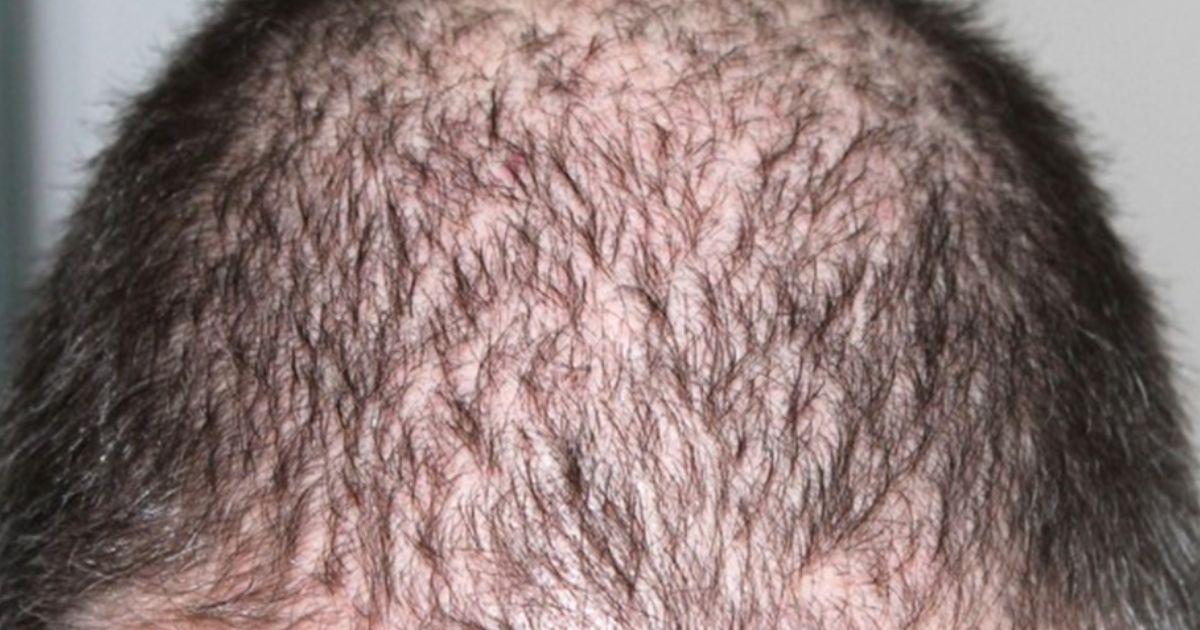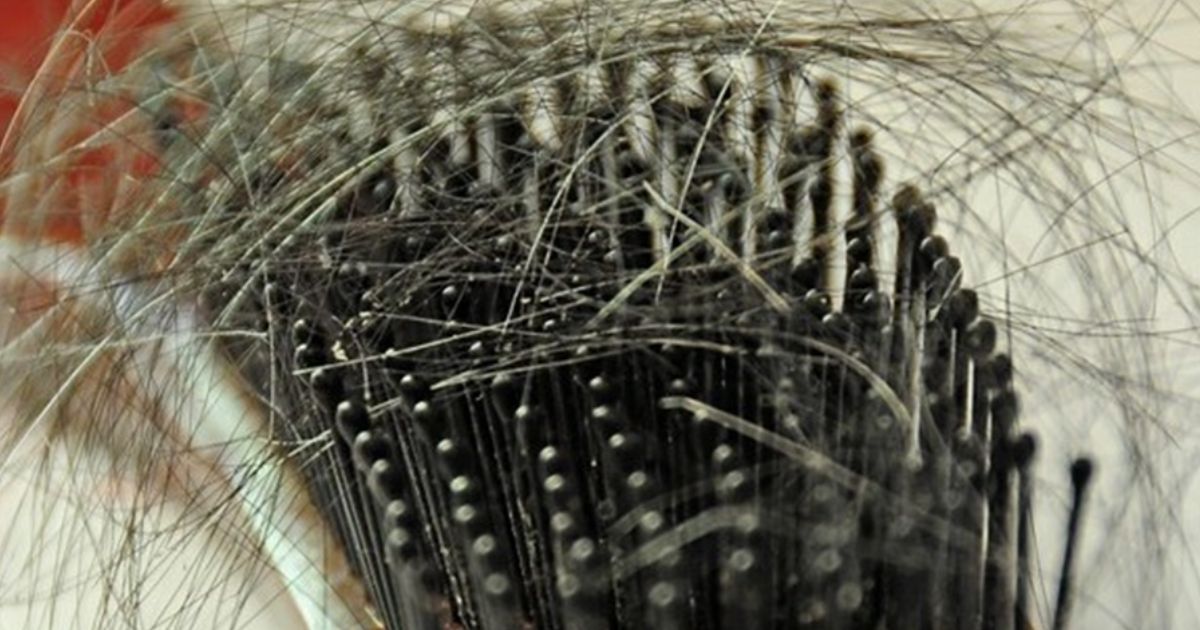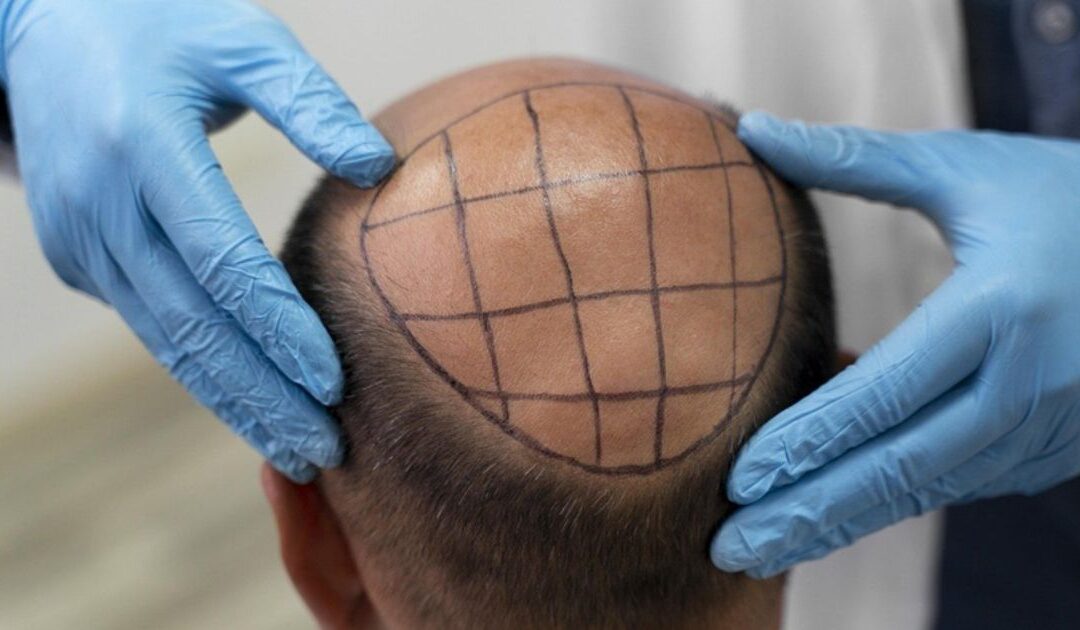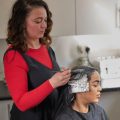Hair loss can be a sensitive issue. From the way your hair looks to how you feel about yourself, it can affect very deep parts of your life. While some men and women accept this as a part of aging, many people feel uncomfortable about their changing hairlines and would prefer to have more hair on their heads.
The good news is that restoration techniques make it possible to treat hair loss. There are a variety of treatments available for different situations. People have more options than ever to restore their confidence. Find out if it is right for you. Who knows? The result will amaze you.
Why Does Hair Loss Happen?
To explain restoration, it is helpful to understand why hair loss occurs. While everyone experiences shedding, losing a significant amount or experiencing baldness is caused by a combination of factors.
Genetic factors: By far, the most common cause of loss is heredity, also known as androgenetic alopecia or pattern baldness. This illness is a more common issue and affects many people today with predictable patterns. It shows by receding hairlines or thinning at the crow area.
Hormonal changes: Hormonal changes and imbalances can cause hair loss, especially post menopause. Most women experience more loss during menopausal or postpartum stages.
Stress and lifestyle: Stress, poor dieting, and sleeping habits can also cause hair loss. Your follicles are affected by these elements and can easily cause it to shed in excess, causing significant loss. Click here to find out other causes of alopecia.
Popular Restoration Options
Restoration and regrowth, although promising, can be hard. The methods differ from patient to patient and will develop in a certain way. Not every method works for everyone, so we recommend taking a look at a variety of solutions:
Topical treatments: Minoxidil tends to be the most highly recommended treatment. Typically over the counter, this medication comes in liquid or foam and is applied to the scalp. There are many people that have had success with this drug. But they may not be very effective for some severe cases.
Oral medications: Finasteride is a drug that is recommended to be taken once a day and promises to be the most effective for gentle hair follicles. This drug will not work for all types of hair loss, and while it’s great, it would require long-term use, which can have side effects.
PRP Therapy: Platelet-Rich Plasma therapy is a process that involves drawing a small amount of blood from a patient and making it concentrated. The plasma is injected into the patient using thin needles in the parts of the scalp that need stimulated growth.
Transplant Surgery: Those who have reached a more advanced stage of hair loss may explore surgical transplant options, such as Follicular Unit Extraction (FUE) and Follicular Unit Transplantation (FUT). These treatments require transplanting follicles from one area of the scalp to another, and they are associated with long-lasting, natural-looking results. However, surgery is expensive and usually requires a recovery period.
Advanced Technology in Restoration
For anyone who needs precise and satisfying results, robotic hair restoration is the answer. This innovative transplant method uses technology to deliver faster, accurate, and less invasive results compared to traditional surgery.

Unlike human procedures, robots can provide a non-invasive experience with quick recovery time. A robotic restoration system is programmed to extract the healthiest hair grafts and avoid damaging them. AI assists in identifying the right follicles to provide a more complete and natural-looking result.
It also helps with positioning follicles in the scalp in the precise angle and depth. Lastly, the robot also works amazingly for implanting healthy grafts. Thanks to the technology, a robotic system can be more accurate and precise than manually-done restoration procedures, leading to reduced human error.
Benefits of Restoration Treatments
The reasons above are some that should make you consider restoration, but the benefits do not stop there. Each treatment option offers a variety of benefits, including:
Improved Confidence: Many individuals feel better and more confident when they have a full and healthy head of hair. This results in a more comfortable and satisfying life in personal and professional situations.
Permanent Results: Once the transplanted hair has grown in completely, it will not be lost again. You’ll enjoy a convenient and carefree life without any additional steps or maintenance.
Tailored Options: No two modern treatments are exactly the same, which means your specialist can work to customize the method to suit you, your lifestyle, your budget, and your desired results.
Selecting the Right Restoration Treatment
Due to the variety of treatments available, it can be difficult for many individuals to decide exactly which one is the best choice. Your budget, time for recovery, and degree of loss will help you make an informed decision.
So the first thing anyone searching for information needs to do is talk to a specialist about the advantages and disadvantages of every option. For anyone who’s interested in a more modern and effective version, Sierra Robotic provides the best robotic restoration technology. Robots can provide the most accurate and natural-looking results with the most benefit.
A robotic system aims to extract only the most selected grafts to transplant. Next, it works to identify the position of each graft. Finally, it implants the follicles at the precise angle and depth before closing the treatment with a better result and faster recovery time.
What to Expect from Restoration Treatments
Generally, most treatment options include a consultation, the procedure itself, and a period where patients can rest and recover before experiencing the final result. The good news is that looking incredible doesn’t have to be as difficult as it once was.
Consultation: Scheduling a consultation session with a restoration specialist will help you determine the best procedure. The specialist will evaluate your scalp, hair density, and desired outcome and create a plan that meets your needs.
Treatment: The length of the procedure depends on the type of restoration and can take a couple of hours or a number of sessions. PRP treatments could require a series of appointments, for example, while transplant and robotic restoration surgery often involves a longer single session.
Recovery and Results: The recovery process varies widely based on the type of procedure. Robotic and FUE transplants typically have a shorter recovery time than traditional FUT surgeries. Results start to show in three to six months, with a full outcome seen about a year after the treatment.
The Future of Hair Restoration
There are a number of exciting new possibilities on the horizon for restoration. Stem cell innovative technology can be used to stimulate growth through rejuvenating non-working follicles. 3D printing can be used to produce personalized follicle structures that can make transplants even more effective.

The field of this type of restoration is only continuing to advance, and more fast, safe, and effective treatment options will likely become available to meet all needs. Fortunately, with the development of the right tools and the help of new techniques, patients can restore their appearance and confidence.
Conclusion
Starting hair restoration is an emotional journey. Whether you opt for an ointment, the more traditional option of FUE, or the most modern one of robotic restoration, the effects will be life altering. Remember that restoring your hair isn’t just about looks; it’s about boosting your self-esteem and feeling good in your own skin.
My name is Andrea Thompson and I’m a home based freelance writer. I’m 23 years old, married to my best friend, and mother to a wonderfully independent and opinionated 3 year old girl and step-mother to a sweet seven year old boy. I live in a tiny, little town in Kentucky, where I spend my free time fishing with my kids.
Writing has always been my passion, which I followed through high school, and for a while in college. Life happened, and once I discovered we were pregnant, I switched directions; opting for the healthcare industry because of the stability.
Finally, years later, I was in a place where I could leave the day job that never truly made me happy, and pursue my dreams. I’ve built, and am still building, my writing career from scratch. But, I’m passionate and I’m good at what I do. And, in the end, I can prove to my daughter that she can do anything she wants with this life.





